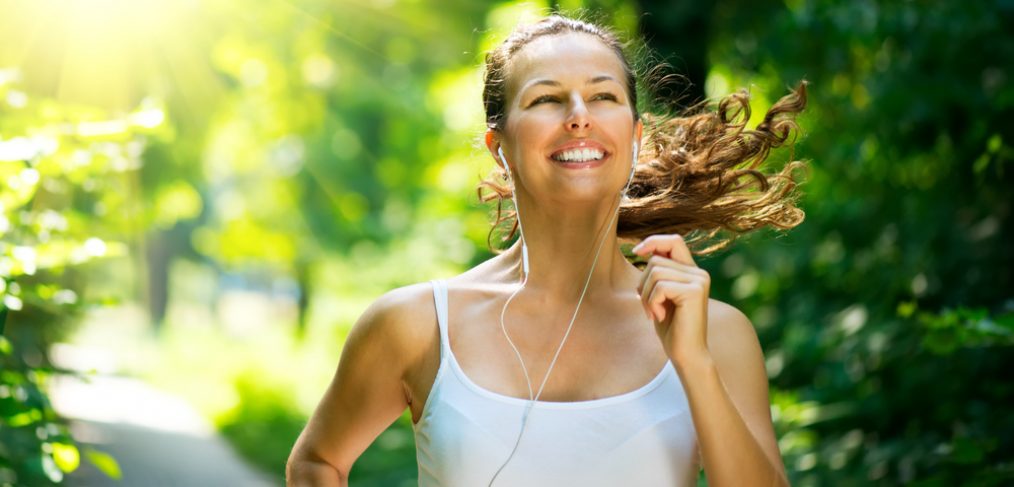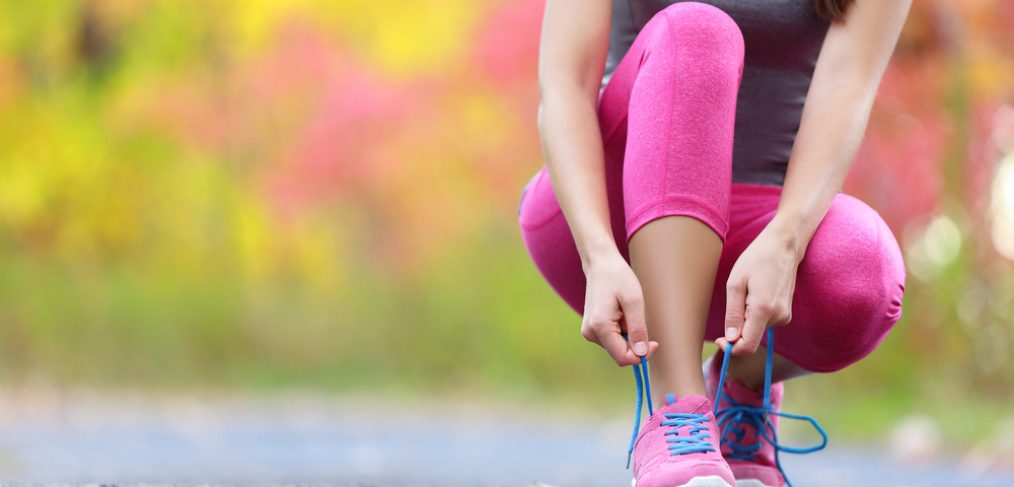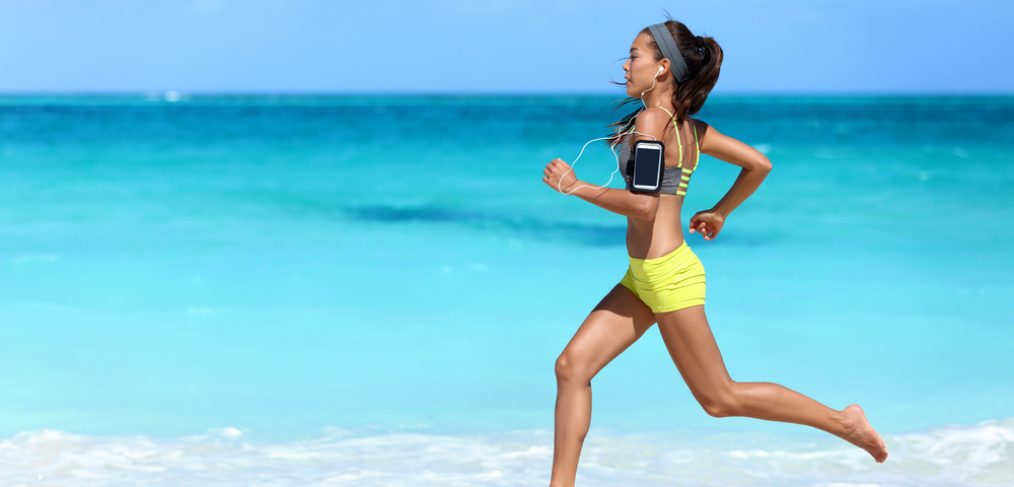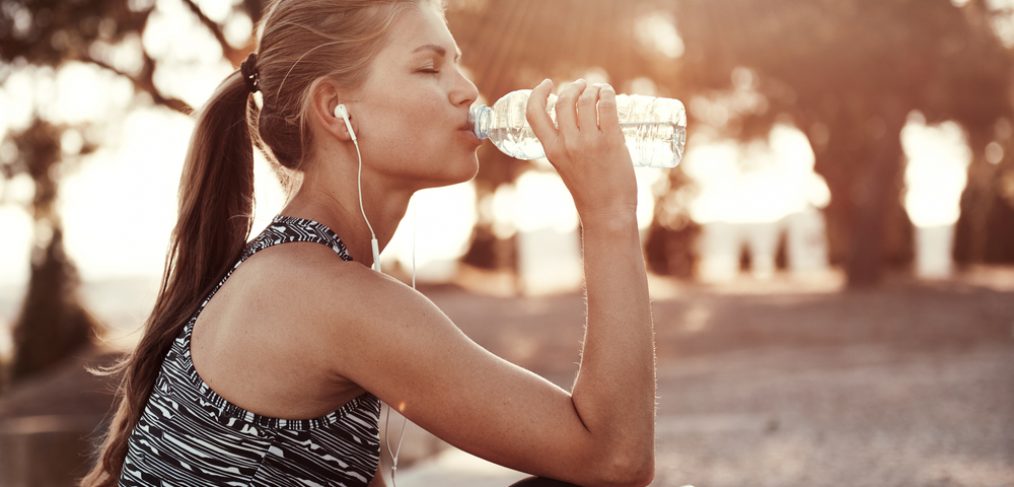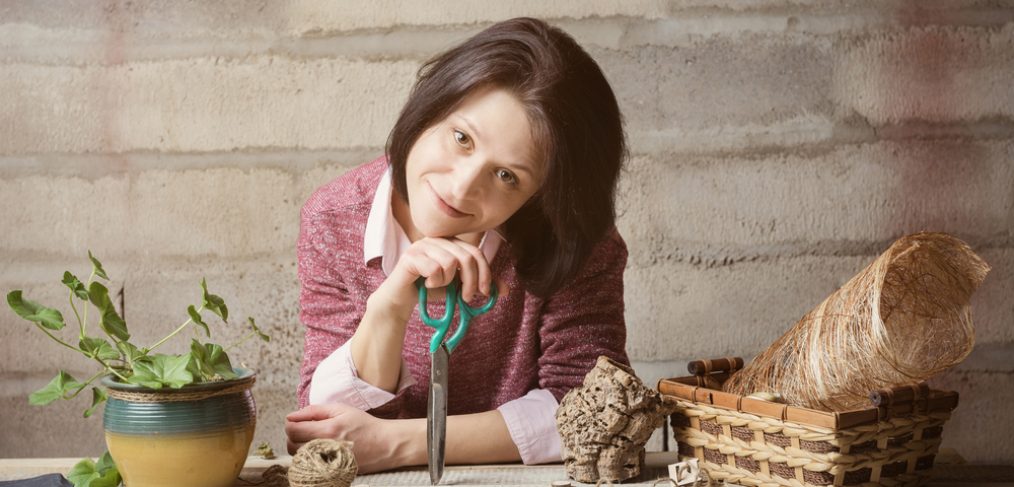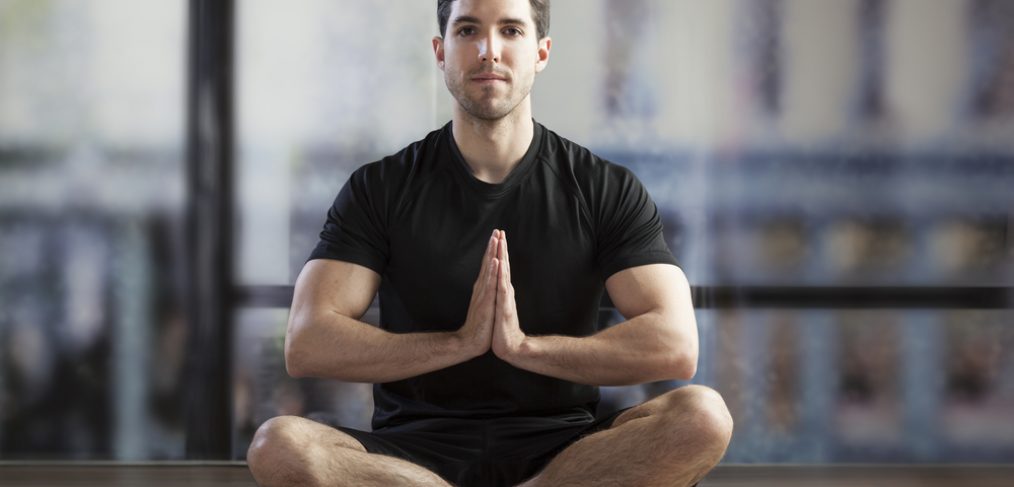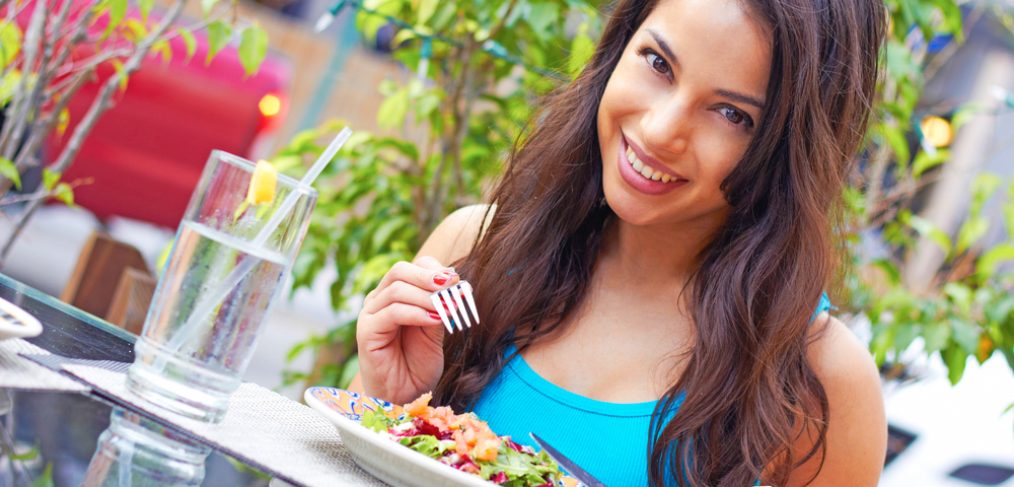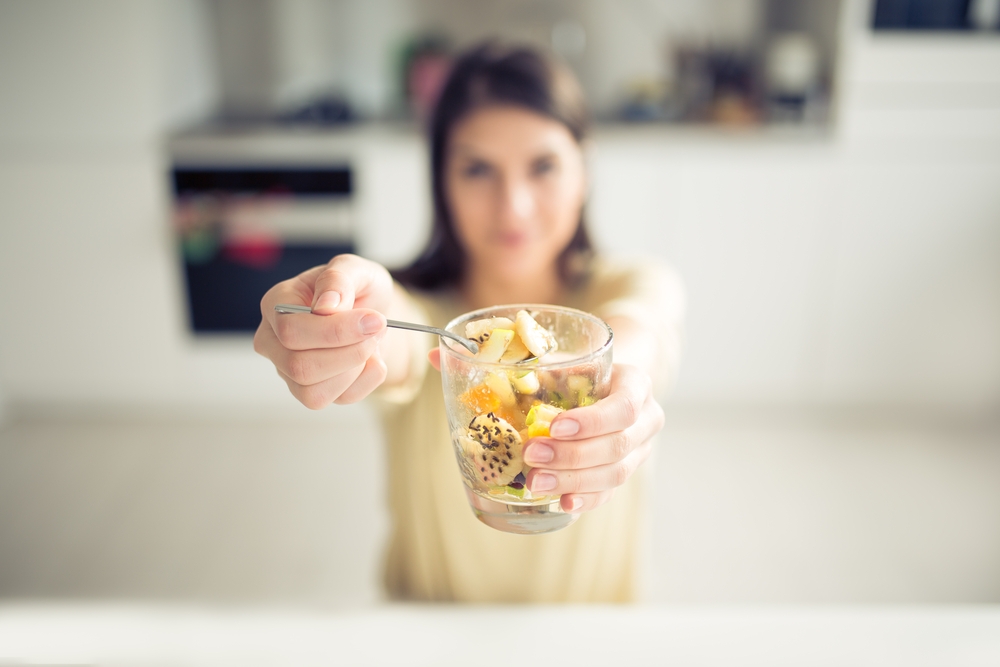You may have heard the term “adrenal fatigue,” but what does it actually mean? Adrenal fatigue occurs when your adrenal glands are not working as they should. These glands are meant to regulate your hormones, heart rate, energy, and immune system in order to control how stress affects your body.
SYMPTOMS
- Not feeling rested (even when you get plenty of sleep). People who suffer from adrenal fatigue often never feel like they can get a good night’s sleep. Even if they go to bed early and wake up late, they can never seem to shake their hazy tiredness.
- Increased responses to stress. Because the body of some with adrenal fatigue body is having trouble regulated their hormones in stressful situations, they are more likely to feel increased levels of anxiety or depression. They can have trouble coping with situations that would not normally have as much of an effect on them, and they can’t seem to get out of their funk.
- Getting sick more often. Because adrenal fatigue can weaken the immune system, sufferers will get sick much more often than they used to, and it will take longer to recover each time.
- Weight gain. Adrenal fatigue can also cause the sufferers metabolism to drop considerably. Even though they may be experiencing a reduced appetite, the stress levels, and decreased metabolism can cause sudden weight gain.
- A sudden boost of energy in the evening. People without adrenal fatigue will experience a jump in cortisol in the morning, but sufferers will have the spike in the evening, which can make it even more difficult for them to get the rest they need.
COMBAT ADRENAL FATIGUE
Change Your Diet
- To help keep energy up, eat several small meals throughout the day.
- Feeling tired can make it hard to cook every day and make healthy meals for yourself. It is more important than even to eat healthy, balanced meals so your body has the best chance of recalibrating.
- Try to avoid sugar. Sugary foods can give you fast energy, but they will cause a crash later. This crash is even worse if you suffer from adrenal fatigue.
- Cut down on caffeine. If you are relying on cup after cup of coffee to get you through the day, consider avoiding reaching for another cup when you start to feel fatigue.
- Don’t skip breakfast. Because you are having trouble getting out of bed, you are likely skipping breakfast before rushing to work. Try to put bananas and granola bars by the door so you can quickly give your body good energy to start the day.
Try Supplements
Different kinds of supplements can help combat adrenal fatigue. B vitamins, vitamin C, and Omega-3 are among the supplements available to can help.
Hormone Replacement
Talk to your doctor about trying hormone replacement if adrenal fatigue worsens. Because your body is not producing enough hormones on its own, hormone replace can help correct some of the symptoms caused by adrenal fatigue.





